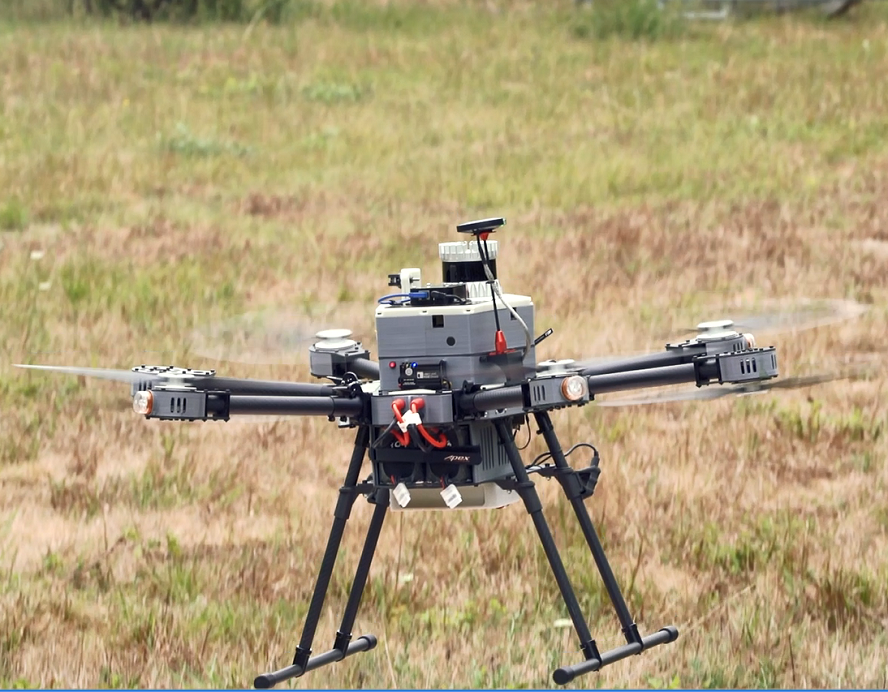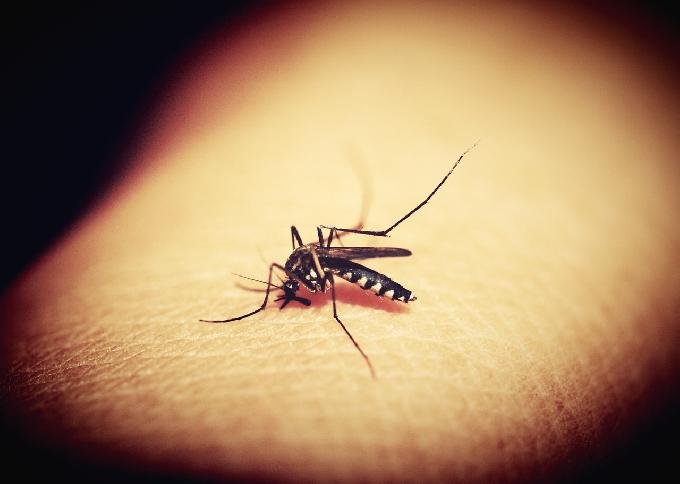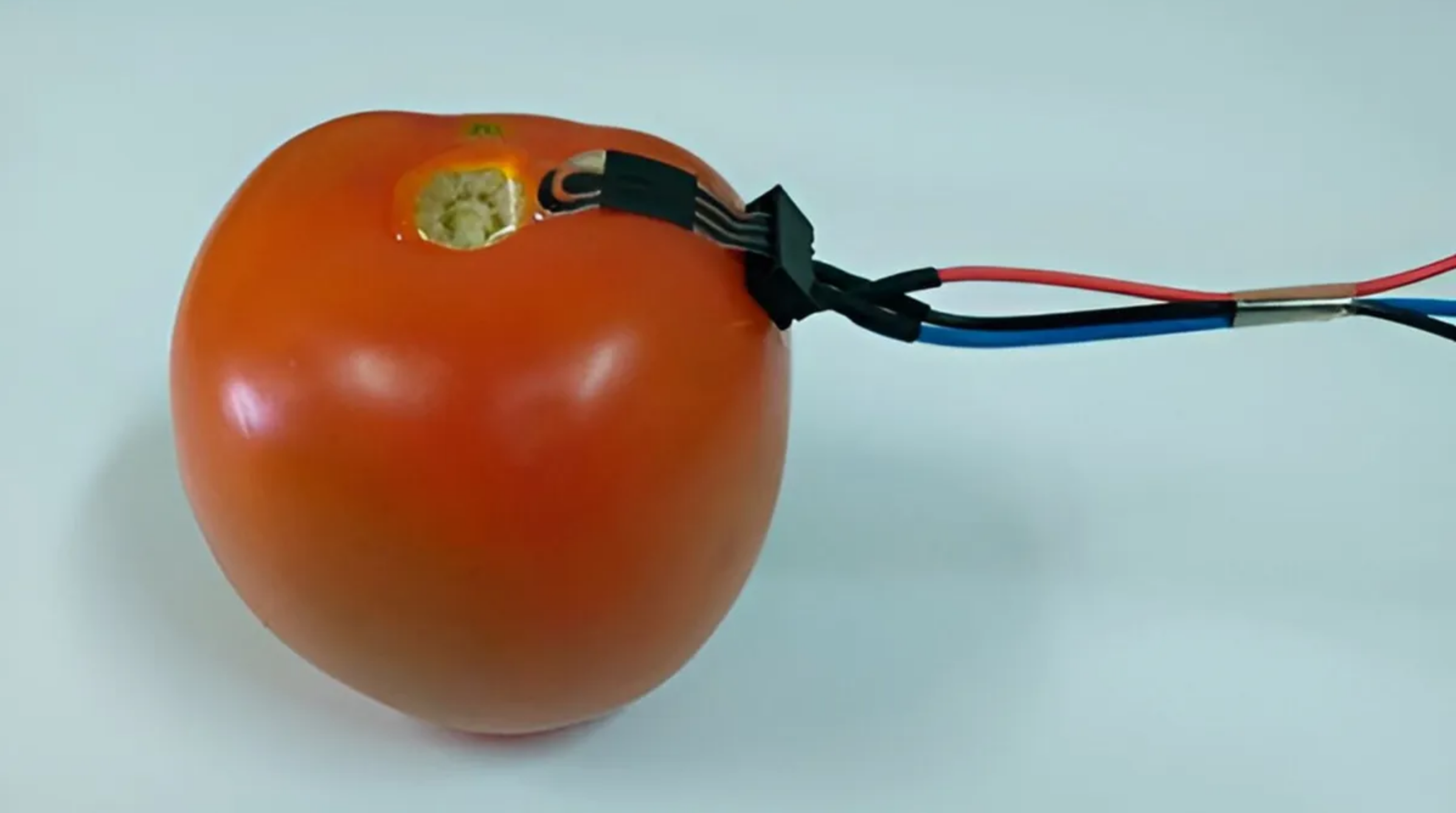Hunting chemical, biological, radiological, and nuclear (CBRN) threats is about to become much easier for the United States. Draper Laboratory, a non-profit engineering innovation company, was selected by the U.S. Department of Defense (DOD) to boost its CBRN efforts.
The $26 million contract will see Draper develop advanced software capable of automating CBRN missions through the use of specialized sensor-driven and flying algorithms. The agreement was reached through the Joint Program Executive Office for Chemical, Biological, Radiological and Nuclear Defense (JPEO-CBRN), which is in charge of all American CBRN defense equipment and medical countermeasures.
The enhancements that American CBRN drones are about to receive will allow them to perform automated missions as a group, instead of individually. This will be especially useful when running operations in environments in which GPS connectivity is null or enemy forces might be running electronic countermeasures.
Draper’s algorithms and software will use multiple types of onboard sensors that include GPS, LiDar, accelerometer, magnetometer, and various cameras. As the data from these sensors will be processed onboard, drones will be able to make real-time decisions. Human operators, of course, will also be able to take control of the multiple systems at any time if the situation calls for it.
Draper’s solution was already tested by the U.S. Army by using its NBCR vehicle’s Stryker platform and a prototype in realistic missions. While the testing was successful, the contract gives Draper until 2026 to develop an improved prototype for further testing.
As such, Draper will be focusing on making it possible for ground, air, and maritime drones to collaborate across different scenarios more effectively. This means improving how the teams share critical information between them to adapt to changing situations, prioritize tasks, plan collaboratively, and more.
Draper Program Manager Won Kim said the company’s new CBRN system represented a significant expansion of the current state-of-the-art by making it possible to search “even small, cluttered places” through “robot on robot” operations. The integration of a Tactical Assault Kit (TAK) plugin also means these capabilities are expanded to every level of military operations.







